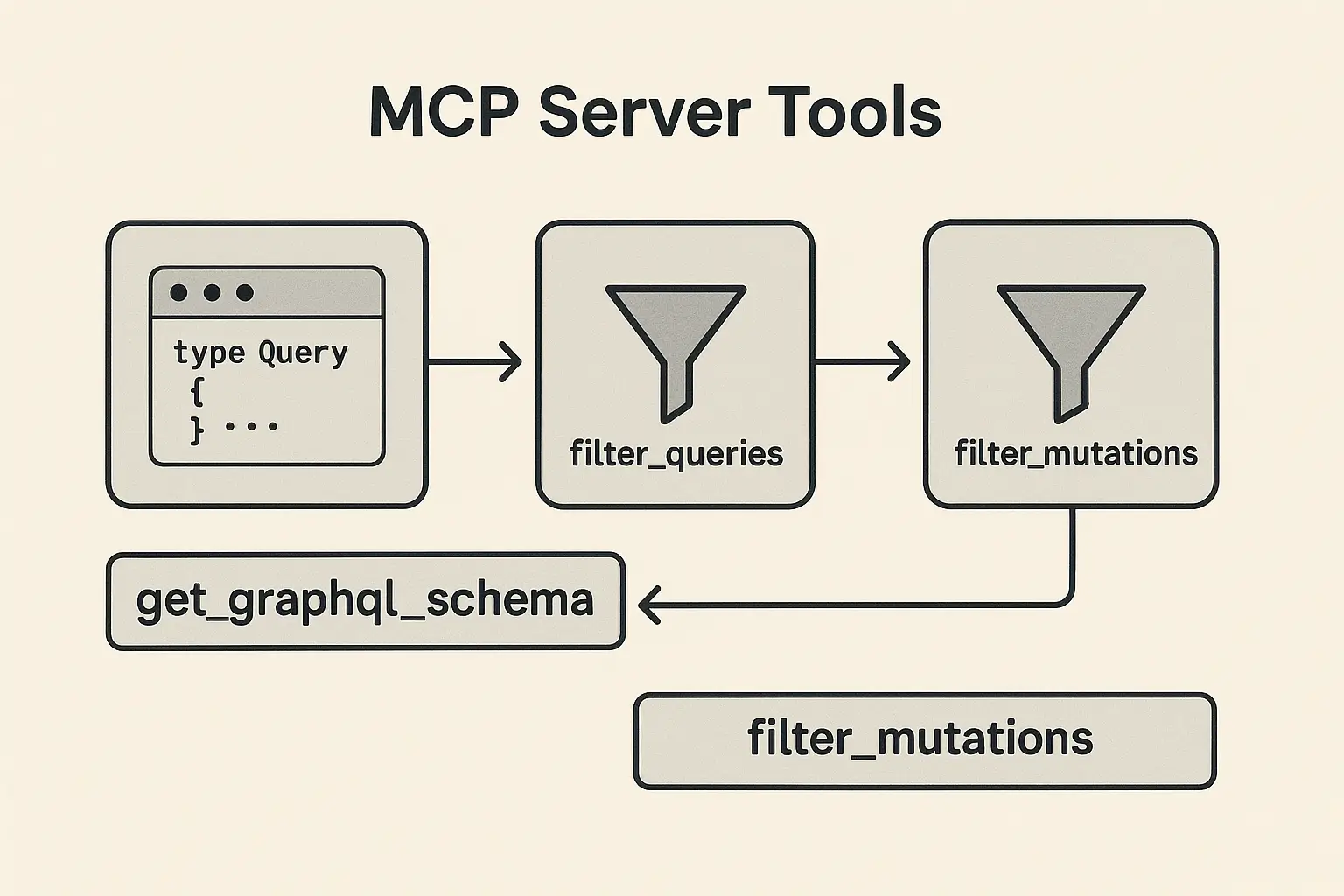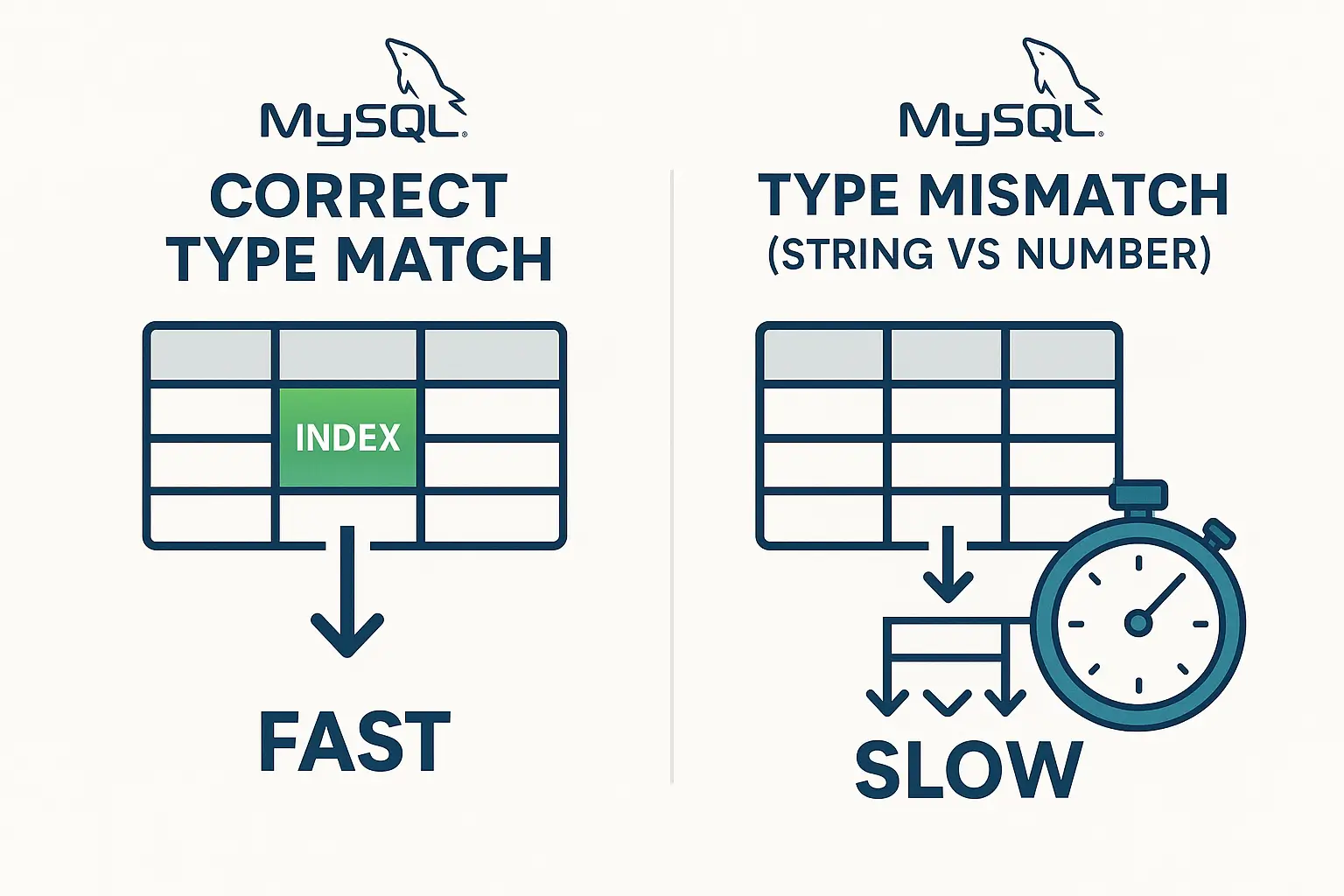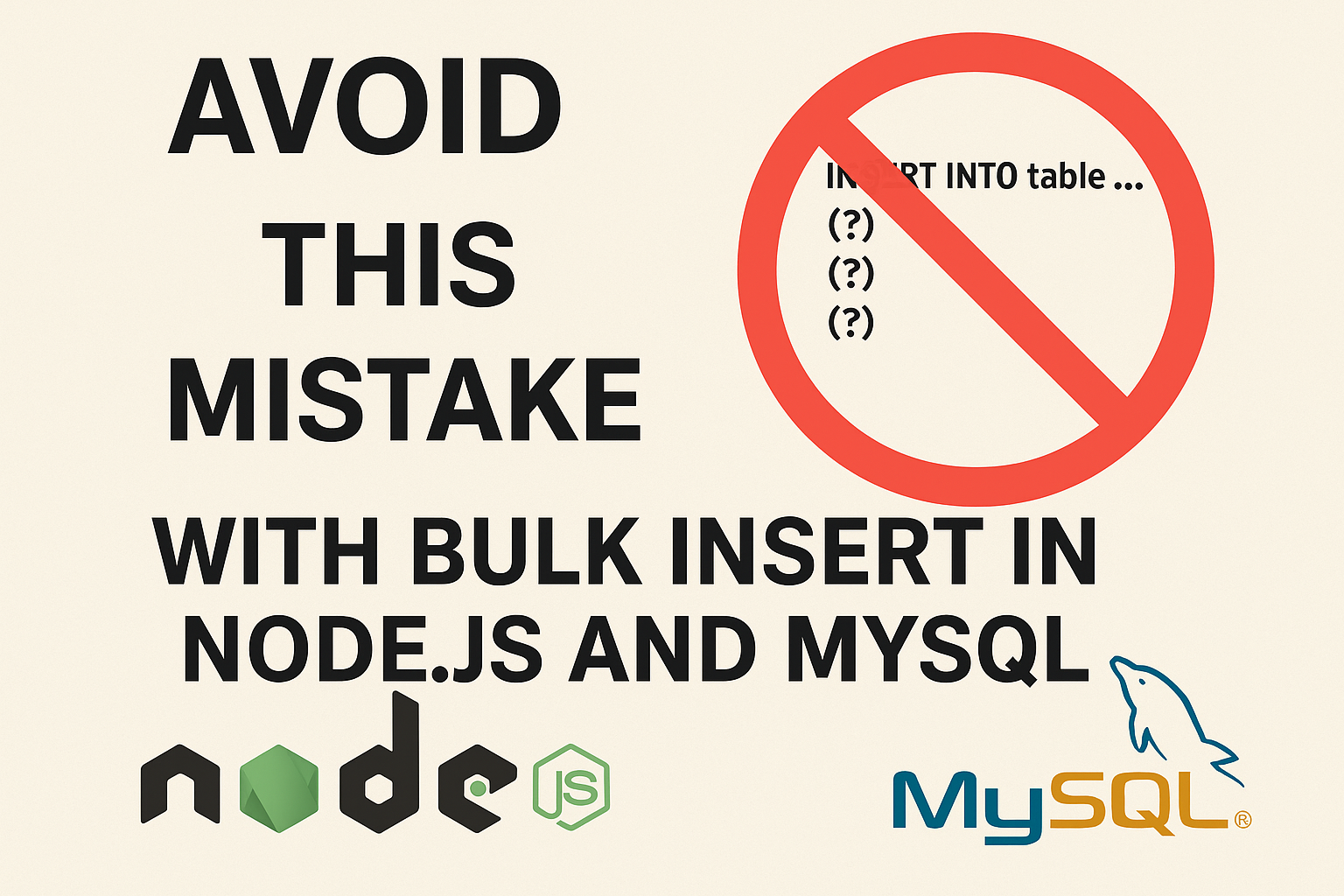Understanding Docker Network Types: Usage and Use Cases
Docker is a powerful platform for developing, shipping, and running applications in containers. One of the essential components of Docker is its networking capabilities, which allow containers to communicate with each other and the outside world. In this blog, we’ll explore the different Docker network types, their usage, and practical use cases to help you choose the right network configuration for your applications.
Here’s a comparison table summarizing the different Docker network types, their key features, usage, and use cases:
| Network Type | Overview | Usage | Use Cases |
|---|---|---|---|
| Bridge | Default network type for containers on the same host. | Use by default or create with docker network create. | Development environments, local microservices communication. |
| Host | Shares the host’s networking stack, no isolation. | Start a container with --network host. | High-performance applications (e.g., real-time data processing, gaming servers). |
| Overlay | Enables communication between containers on different Docker hosts. | Create with docker network create -d overlay in Swarm mode. | Microservices architecture across multiple hosts in a Docker Swarm. |
| Macvlan | Assigns a MAC address to containers, making them appear as physical devices. | Create with docker network create -d macvlan specifying a parent interface. | Integration of containers into existing networks, legacy application migration. |
| None | Disables all networking for the container. | Start a container with --network none. | Isolated security applications, testing environments where network access is not required. |
Let’s dive deep into it…
Docker Network Types
Docker provides several network types, each serving specific purposes. The main network types are:
- Bridge Network
- Host Network
- Overlay Network
- Macvlan Network
- None Network
1. Bridge Network
Overview:
The bridge network is the default network type created by Docker. It allows containers to communicate with each other on the same host. Each container gets its own IP address on the bridge network.
Usage:
- When you create a container without specifying a network, it is connected to the bridge network.
- You can use
docker network createto create your own bridge networks.
Use Case:
- Development Environment: When developing applications locally, you can use the bridge network to simulate multi-container setups. For example, a web application running in one container can communicate with a database in another container.
2. Host Network
Overview:
The host network mode removes network isolation between the container and the Docker host. Containers using the host network share the host’s networking stack, meaning they can directly access the host’s IP address.
Usage:
- You can run a container in host mode using the
--network hostoption when starting a container.
Use Case:
- High-Performance Applications: Applications that require low latency and high throughput, such as real-time data processing or gaming servers, can benefit from using the host network. Since the container shares the host’s network stack, it can achieve better performance.
3. Overlay Network
Overview:
Overlay networks enable communication between containers running on different Docker hosts. This is particularly useful in Docker Swarm mode, where services are spread across multiple nodes.
Usage:
- Create an overlay network using the
docker network create -d overlaycommand. You need to have Docker Swarm initialized.
Use Case:
- Microservices Architecture: In a microservices-based application deployed in a Docker Swarm, different services can be distributed across multiple hosts while still being able to communicate with each other using an overlay network.
4. Macvlan Network
Overview:
Macvlan networks allow you to assign a MAC address to a container, making it appear as a physical device on the network. This type of network is useful when you need containers to be part of an existing network and be reachable by other devices.
Usage:
- Create a macvlan network using the
docker network create -d macvlancommand and specify the parent interface.
Use Case:
- Legacy Application Integration: When migrating legacy applications to containers, you can use macvlan to integrate containers into the existing network, allowing them to communicate with legacy systems without requiring reconfiguration.
5. None Network
Overview:
The none network type disables all networking for the container. This means the container cannot communicate with the outside world or other containers.
Usage:
- Use the
--network noneoption when starting a container.
Use Case:
- Isolated Security Applications: If you need to run a containerized application that should not interact with the network (e.g., for security or testing purposes), the none network can provide that isolation.
Conclusion
Understanding Docker network types is crucial for deploying applications effectively. Choosing the right network configuration can significantly impact your application’s performance, security, and scalability. Here’s a quick summary:
- Bridge Network: Great for local development and communication between containers on the same host.
- Host Network: Best for high-performance applications requiring low latency.
- Overlay Network: Ideal for microservices architecture across multiple Docker hosts.
- Macvlan Network: Useful for integrating containers into existing networks with unique MAC addresses.
- None Network: Provides isolation for containers that should not communicate.
By leveraging the appropriate Docker network types, you can create a robust architecture that meets your application’s specific needs. Happy containerizing!





